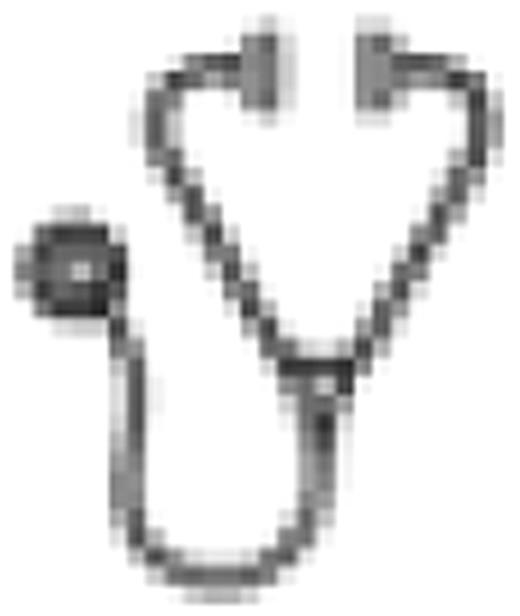Abstract
Abstract 829
Adoptive transfer of donor-derived cytotoxic T lymphocytes (CTLs) can reconstitute antiviral immunity to Epstein-Barr virus (EBV), cytomegalovirus (CMV) and adenovirus in recipients of allogeneic hemopoietic stem cell transplantation (HSCT). However, the time taken to prepare patient-specific products and the lack of virus-specific memory T cells in cord blood and seronegative donors restricts application. One means of avoiding growing CTLs for individual patients is to bank lines that are then available as an “off the shelf” product of most closely HLA-matched allogeneic cytotoxic T lymphocyte lines (CHM-CTLs). We are evaluating this strategy in a multicenter study through the NHLBI Specialized Centers for Cell-Based Therapy (SCCT) program. Our goal is to determine the feasibility, safety and antiviral activity of 3rd party CHM-CTLs in HSCT recipients who have viral reactivation or infection refractory to standard therapy. Using the NHLBI Production Assistance for Cellular Therapies (PACT) program, we manufactured and safety tested more than 30 multivirus CTL lines from normal donors by stimulating peripheral blood mononuclear cells with autologous monocytes and EBV-transformed LCLs, both transduced with an Ad5f35 vector encoding the CMV-derived pp65 antigen. All the lines are polyclonal comprising CD4+ (median 10%, range 1.5–99%) and CD8+ (median 83%, range 0–96%) T cells. These CTL lines were specific for CMV, EBV and adenovirus (mean 1463, 101, and 227 SFC/1×105 cells, respectively), with recognition of both CD8+ and CD4+ epitopes as determined using individual epitope peptides and overlapping Hexon and pp65 peptide pools (median 1.5; range 0–5 and median 3; range 0–10 pools/peptides recognized, respectively) in ELISPOT assays. These CHM-CTLs were available for administration to subjects who had persistent viral infection and matched at least one HLA antigen with a dose of up to 2.0 x107CHM-CTL/m2. We selected the CTL line for administration based on their specificity for the target virus through a shared allele, and on the overall level of HLA match. Patients were eligible for a subsequent infusion in the event of a partial response. To date 47 patients have been screened after marrow (n=9) blood (n=18) or cord (10 single, 10 double) transplantation and a potential line identified on 43. Of 4 patients with no line available 3 died of progressive adenovirus infection and one with CMV infection is alive. Of 43 patients with an identified line, 25 received lines that matched at 1 to 3 HLA antigens as either one (n=19), two (n=4) or 3 (n=2) CTL infusions. Five patients received CHM-CTLs for refractory EBV PTLD (Post Transplant Lymphoproliferative Disease), 11 patients for persistent CMV infection, 8 patients for persistent adenovirus infection and one for both CMV and adenovirus. There were no immediate adverse effects related to infusion, and the incidence of GVHD was low, with two patient having reactivation of previous acute skin or chronic GVHD, and two having transient skin rashes. Two patients developed transplant-associated microangiopathy but had other risk factors including Rapamycin use. Preliminary responses for the overall cumulative incidence of first CR/PR in the first 22 patients based on viral load by day 42 post-infusion is 77.3% (90% for CMV, 80% for EBV and 71% for adenovirus). Two patients with widespread EBV-PTLD (one CD20-negative and one refractory to Rituximab) achieved sustained complete responses by RECIST criteria. Of note complete antiviral responses occurred even in recipients of lines matching at only a single HLA antigen. For example, one patient with both CMV and adenovirus infections received a CTL line that only matched at HLA B53 and cleared both viruses and we were able to show specificity against both viruses through this one allele. Despite objective antiviral activity, immune monitoring studies using IFN-g ELISPOT assays showed little or no rise in peripheral blood virus-reactive T cells post-infusion, a result that contrasts with the large rise seen in recipients of donor-derived T cell lines. Nevertheless these preliminary results show the feasibility of adoptive immunotherapy for CMV, EBV, and adenovirus using banked allogeneic multivirus-CTLs, and that the approach may be applicable to a majority of recipients in need. The antiviral responses we observe are encouraging and suggest than an “off-the-shelf” CTL cell line may be a practical strategy.
Off Label Use: T cell products manufactured under INDs.

This icon denotes an abstract that is clinically relevant.
Author notes
Asterisk with author names denotes non-ASH members.

This feature is available to Subscribers Only
Sign In or Create an Account Close Modal